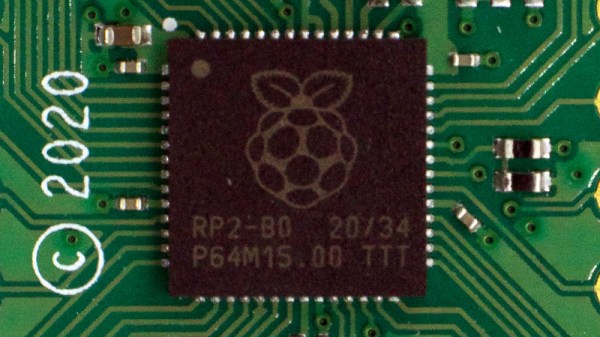“If there’s one thing the Commodore 64 is missing, it’s a large language model,” is a phrase nobody has uttered on this Earth. Yet, you could run one, if you so desired, thanks to [ytm] and the Llama2.c64 project!
[ytm] did the hard work of porting the Llama 2 model to the most popular computer ever made. Of course, as you might expect, the ancient 8-bit machine doesn’t really have the stones to run an LLM on its own. You will need one rather significant upgrade, in the form of 2 MB additional RAM via a C64 REU.
Now, don’t get ahead of things—this is no wide-ranging ChatGPT clone. It’s not going to do your homework, counsel you on your failed marriage, or solve the geopolitical crisis in your local region. Instead, you’re getting the 260 K tinystories model, which is a tad more limited. In [ytm]’s words… “Imagine prompting a 3-year-old child with the beginning of a story — they will continue it to the best of their vocabulary and abilities.”
It might not be supremely capable, but there’s something fun about seeing such a model talking back on an old-school C64 display. If you’ve been hacking away at your own C64 projects, don’t hesitate to let us know. We certainly can’t get enough of them!
Thanks to [ytm] for the tip!


















